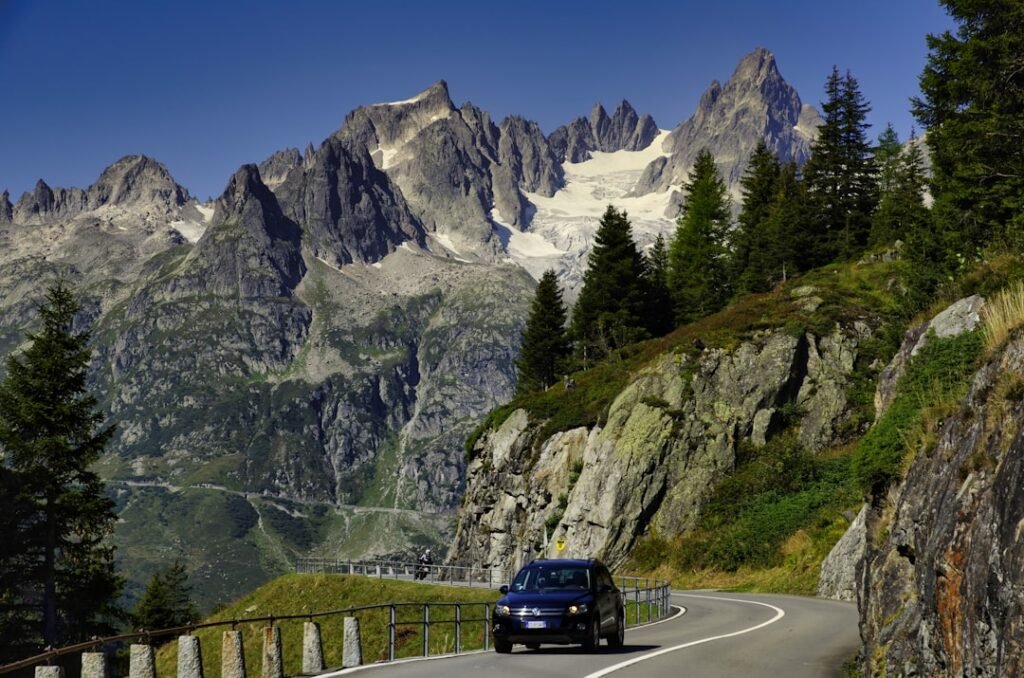When we hit the highway for wild horizons, the question isn’t just where to go – it’s what landscapes will truly lift our mood, sharpen our focus, and keep us safe behind the wheel. Travelers have always sensed that certain places just “fit,” yet the science of why is catching up, from biophilic design to research on restorative environments and blue-space benefits. Astrology isn’t a lab-tested tool, but its elemental framework – fire, earth, air, water – offers a surprisingly useful map for matching temperament to terrain. Think of it as a poetic overlay on solid environmental psychology: a way to choose routes that align with arousal levels, attention needs, and sensory preference. Here’s how the elements can guide nature road trips that feel fated – and just happen to be evidence-informed.
The Hidden Clues

Start with a counterintuitive truth: the scenery outside your windshield can change your physiology as surely as a deep breath. Studies on attention restoration indicate that fractal-rich forests and coastlines help the brain recover from mental fatigue, while open vistas reduce stress markers and steady heart rate variability. I once rerouted a long drive through a high-desert plateau just for the sky; an hour later, my shoulders loosened and my decision-making felt less jittery.
This isn’t mysticism – it’s stimulus management. Terrain offers different “loads”: roaring surf, thermal shimmer, needle-straight pines, or switchback ridges that ask for crisp focus. Connecting zodiac elements to those loads can turn a good trip into a calibrated one, helping fire signs seek energizing heat and light, earth signs savor stable textures, air signs chase perspective, and water signs flow with rhythmic calm.
Fire Signs on Lava and Light
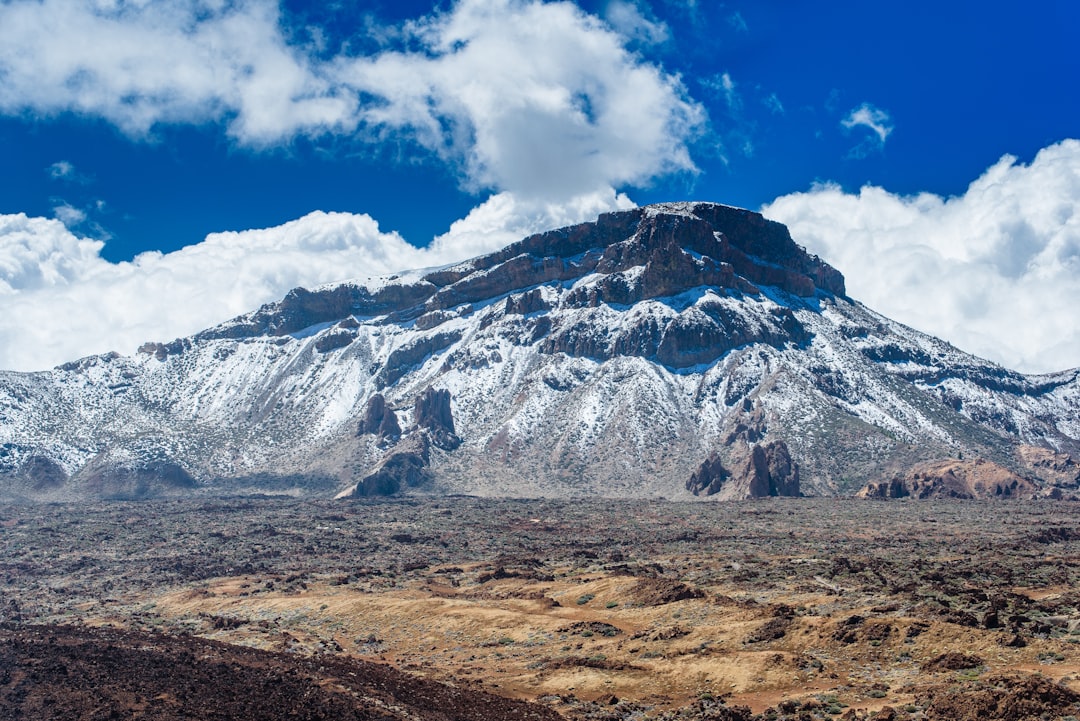
Aries, Leo, and Sagittarius thrive on kinetic routes where the land looks alive: think volcanic byways, sun-lashed mesas, and star-prone deserts. Scenic Byway 12 in Utah strings together crimson escarpments and slickrock amphitheaters that reward early starts and golden-hour arrivals. Hawaii’s Chain of Craters Road or New Mexico’s Enchanted Circle dial up novelty, a trait tied in studies to sensation seeking and higher enjoyment in visually dramatic environments.
Plan for radiance and range. Desert nights in designated dark-sky areas pair nicely with the fire signs’ appetite for spectacle, while daytime heat demands disciplined pacing, hydration, and generous rest windows. Choose routes with reliable pullouts and short spur hikes to feed the urge to move fast – without burning out attention on the next day’s leg.
Earth Signs on Granite and Green
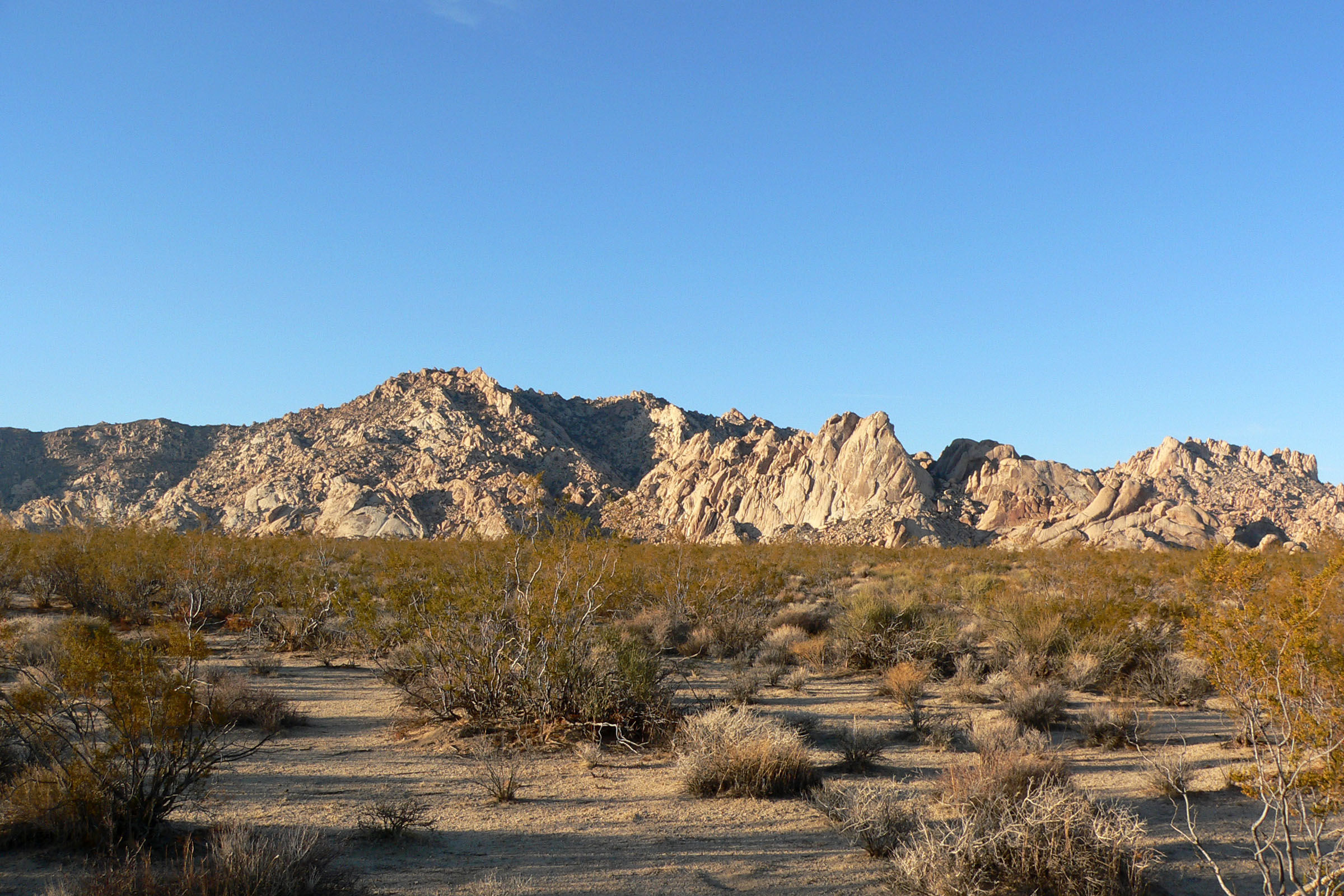
Taurus, Virgo, and Capricorn often plan like field geologists: patient, practical, and happiest when the road hugs stone and soil. The Needles Highway in South Dakota threads granite spires, while California’s Tioga Road glides along glacier-cut domes that cue a slow-breathe rhythm. Research on tactile cues in nature suggests textured environments – bark, lichen, gravel crunch – enhance grounding and time perception.
Build itineraries around reliable cadence and craft. Picnic turnout to farmers’ market, trailhead to overlook, these are routes that reward well-packed trunks and unhurried detours. Blue Ridge Parkway’s layered ridgelines, with interpretive stops and mellow curves, mirror earth signs’ love of incremental progress and the steady satisfaction of miles honestly earned.
Air Signs on Ridges and Sky
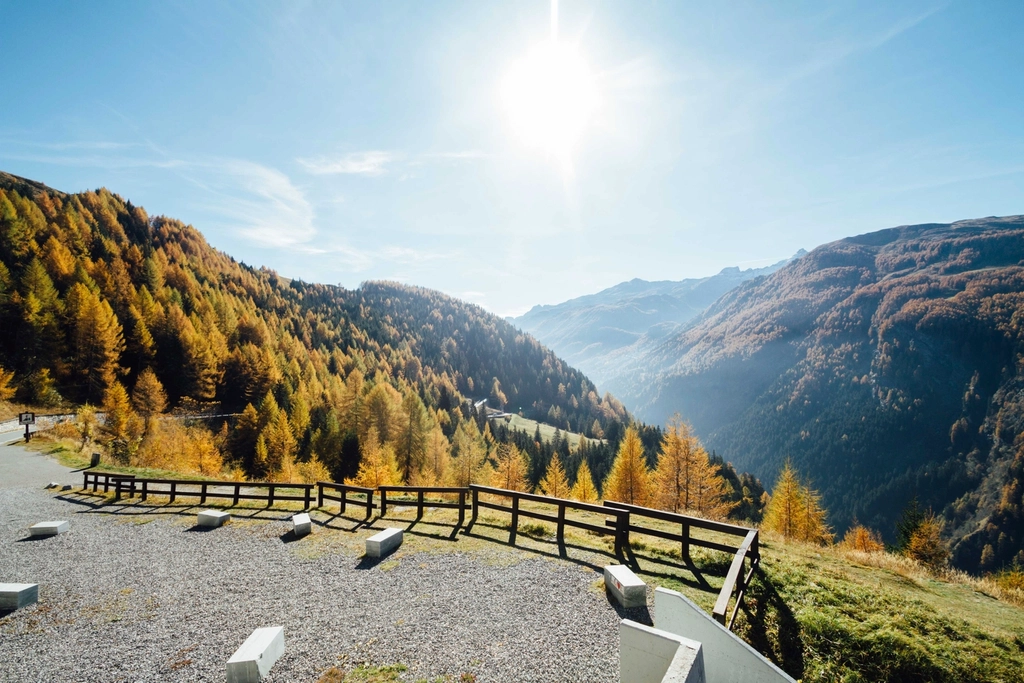
Gemini, Libra, and Aquarius drive for perspective – literal and cognitive. They flourish on high passes, airy bridges, and wind-etched plateaus where the horizon keeps rearranging thought patterns. Trail Ridge Road in Colorado or the Beartooth Highway on the Montana–Wyoming line offer altitude, crisp light, and the kind of panoramic spacing linked to creative ideation in environmental psychology.
Make the car a rolling observatory. Schedule pullouts at balsam-scented overlooks, build in short walks to fire towers, and aim for off-peak hours to keep social energy balanced. Breezy corridors like the Columbia River Gorge add an extra sensory layer, turning gusts into cues for mindful breaks and quick recalibration before the next switchback.
Water Signs on Tides and Mist

Cancer, Scorpio, and Pisces tune to coastlines, waterfalls, and river loops where movement repeats and soothes. Research on “blue spaces” links proximity to water with improved mood, lower perceived stress, and better sleep – perfect anchors for long-haul days. The Olympic Peninsula Loop and Maine’s park roads wrap fog, cedar, and surf into a steadying metronome.
Stack the itinerary with rhythms. Alternate cliffside drives like California’s Highway 1 with gentle estuary boardwalks or lake-circuit byways around Superior and Michigan, letting waves and cascades reset attention. Plan dawn or dusk stops at coves and falls; the changing light on water amplifies the restorative effect and keeps navigation choices sharp.
Why It Matters

Most road trips are still planned around mileage and attractions, but aligning temperament with terrain adds a safety and well-being layer. Attention restoration studies show that the right kind of scenery can reduce mental fatigue, which lowers the risk of errors on unfamiliar roads. Coastal fog, alpine glare, or desert shimmer each impose distinct perceptual demands; matching them to your preferred stimulation level keeps cognitive load in the sweet spot.
Compared with checklist tourism, element-aligned routes encourage flexible pacing and more frequent, purposeful breaks, both linked to better trip satisfaction. It also reframes detours from inconveniences into intentional resets, which matters when wildfire reroutes or seasonal closures force last-minute changes. The result is a plan that feels personal without being precious – and that’s exactly what resilient travel looks like.
The Future Landscape
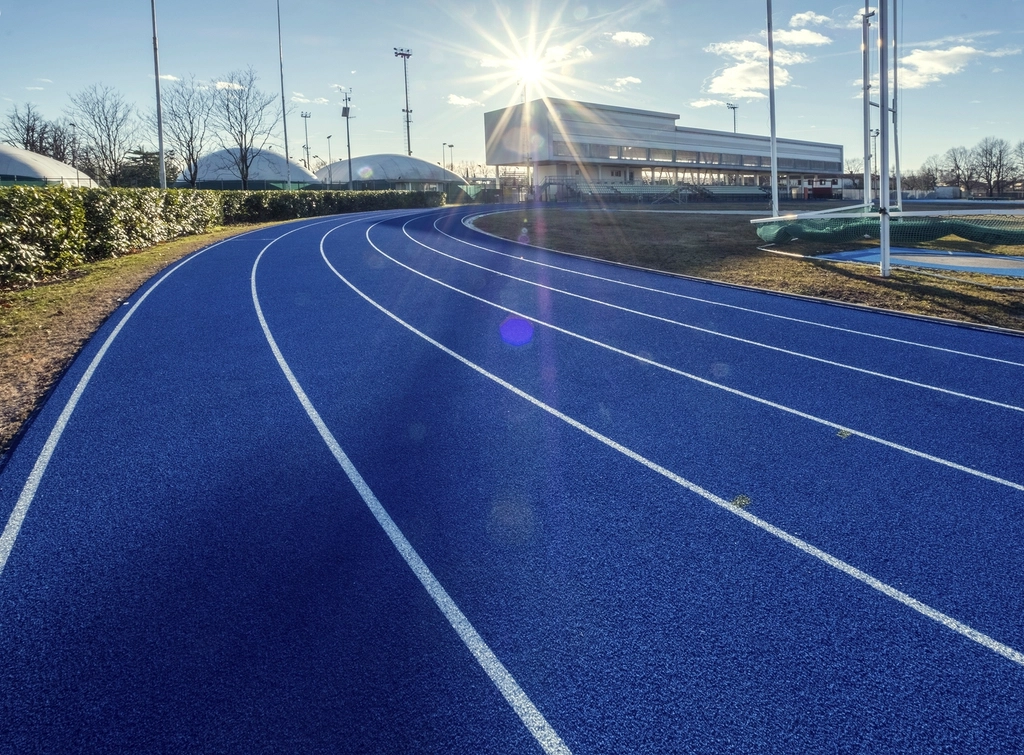
Road-tripping is colliding with rapid environmental change, and the smartest planners are thinking like field scientists. Seasonal windows are shifting, snowlines are climbing, and heat waves are pushing daylight driving earlier. Expect more dynamic closures and smoke days, making real-time air-quality maps, satellite fire trackers, and hydrology updates as essential as classic paper atlases.
Electric routes are also expanding, with new chargers along scenic byways enabling quiet dawn drives and regenerative braking on long descents. Dark-sky preserves are multiplying, offering low-glare infrastructure that makes stargazing stops safer and healthier for wildlife. The next leap is personalized, eco-aware routing that blends element preference with conservation impact scores, so choosing a vista also means choosing to tread lighter.
Conclusion
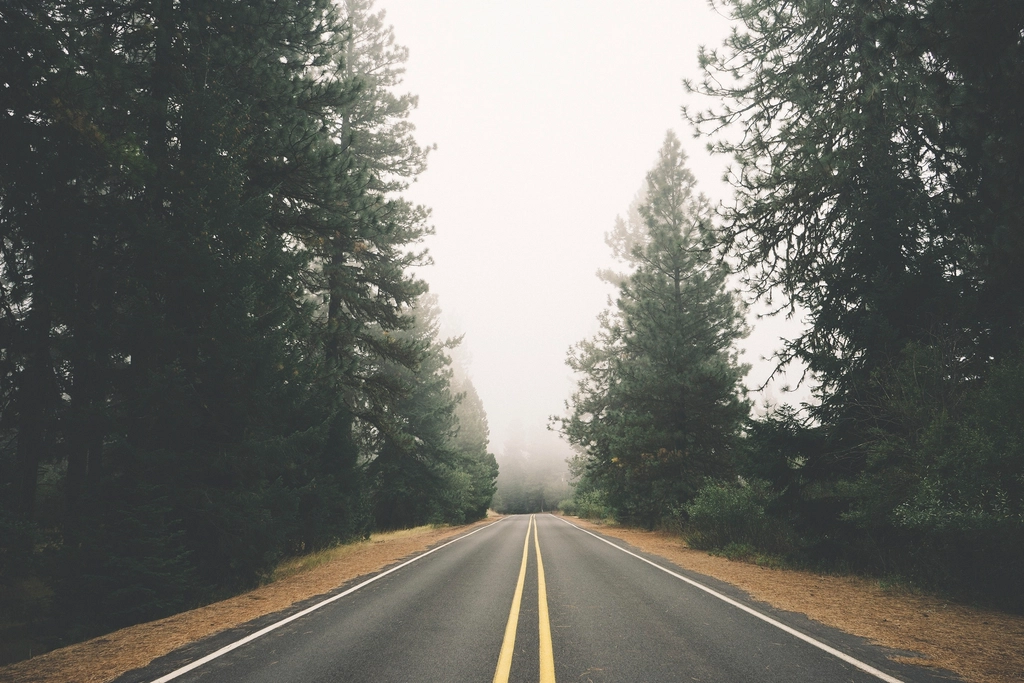
Pick your element, then pick your rhythm. Fire chasers: pair sun with shade and set a firm water routine; earth keepers: anchor days to geology stops and restorative green; air riders: schedule high passes when traffic is thin; water wanderers: time tides, fog, and falls for the day’s mood reset. Everyone can stack safety by checking forecast volatility, road advisories, and local tribal or park notices before wheels roll.
Travel like a guest researcher: log wildlife on citizen-science apps, choose leave-no-trace pullouts, and spend where stewardship is visible. If a route is crowded or stressed, try the shoulder seasons, the side roads, or a different ecosystem that suits your element just as well. Ready to plan a trip that fits your nature – and the planet’s needs – mile for mile?

Suhail Ahmed is a passionate digital professional and nature enthusiast with over 8 years of experience in content strategy, SEO, web development, and digital operations. Alongside his freelance journey, Suhail actively contributes to nature and wildlife platforms like Discover Wildlife, where he channels his curiosity for the planet into engaging, educational storytelling.
With a strong background in managing digital ecosystems — from ecommerce stores and WordPress websites to social media and automation — Suhail merges technical precision with creative insight. His content reflects a rare balance: SEO-friendly yet deeply human, data-informed yet emotionally resonant.
Driven by a love for discovery and storytelling, Suhail believes in using digital platforms to amplify causes that matter — especially those protecting Earth’s biodiversity and inspiring sustainable living. Whether he’s managing online projects or crafting wildlife content, his goal remains the same: to inform, inspire, and leave a positive digital footprint.

